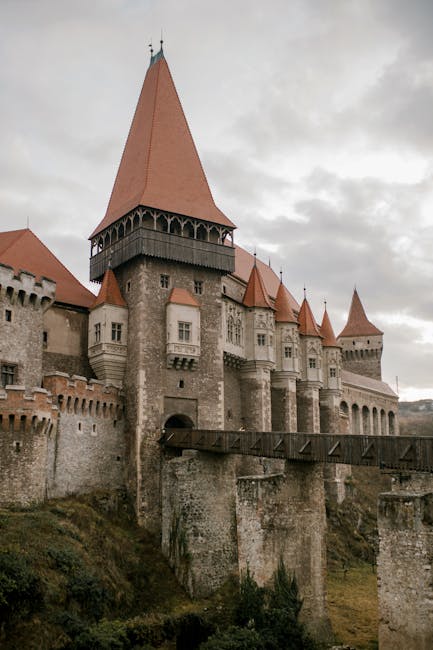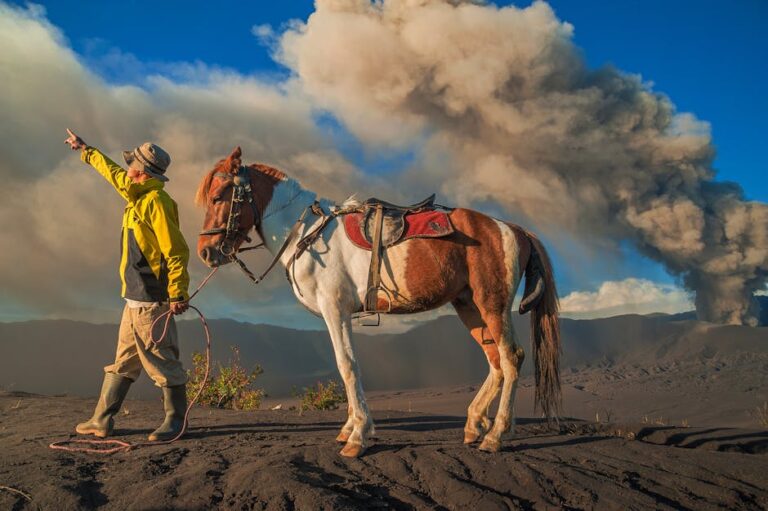Springfield, MO Weather: A Comprehensive Guide to the Four Seasons & Beyond
Understanding Springfield, MO’s Unique Weather Patterns
Springfield, Missouri, nestled in the heart of the Ozark Mountains, boasts a unique and often unpredictable climate. Understanding its weather patterns is crucial for residents and visitors alike, whether planning outdoor activities, preparing for extreme weather events, or simply choosing the right outfit for the day. This comprehensive guide will delve into the specifics of Springfield’s weather across all four seasons, highlighting typical conditions, average temperatures, precipitation, and potential extreme weather scenarios.
Spring in Springfield: A Time of Transition
Spring in Springfield (March-May) marks a significant shift from the cold winter months. Temperatures gradually increase, with average highs ranging from the mid-50s°F (13°C) in March to the mid-70s°F (24°C) in May. However, spring can be fickle. Expect fluctuating temperatures, with occasional chilly days interspersed with warm, sunny spells. Precipitation is common, often in the form of showers or thunderstorms. While snow is unlikely, the possibility of late-season frost remains, posing a risk to early blooms. Be prepared for unpredictable weather and pack layers.

Average Temperatures and Precipitation in Spring:
- March: Average high: 55°F (13°C), Average low: 35°F (2°C), Average precipitation: 3.5 inches
- April: Average high: 65°F (18°C), Average low: 45°F (7°C), Average precipitation: 4 inches
- May: Average high: 75°F (24°C), Average low: 55°F (13°C), Average precipitation: 4.5 inches
Summer in Springfield: Hot and Humid
Springfield summers (June-August) are hot and humid, with average highs soaring into the low 80s°F (27°C) in June and reaching the upper 80s°F (31°C) by August. Heat indices frequently exceed 100°F (38°C), making it essential to stay hydrated and take precautions against heatstroke. Afternoon thunderstorms are common, often bringing heavy rainfall and occasional hail. These storms can be intense but typically short-lived. Prepare for humidity and pack light, breathable clothing.
Average Temperatures and Precipitation in Summer:
- June: Average high: 82°F (28°C), Average low: 64°F (18°C), Average precipitation: 4.2 inches
- July: Average high: 88°F (31°C), Average low: 68°F (20°C), Average precipitation: 3.8 inches
- August: Average high: 86°F (30°C), Average low: 66°F (19°C), Average precipitation: 4 inches
Autumn in Springfield: Mild and Colorful
Autumn in Springfield (September-November) offers a beautiful transition from summer’s heat to winter’s chill. Temperatures gradually decrease, with average highs in the 70s°F (21°C) in September dropping to the 40s°F (4°C) by November. The foliage turns vibrant shades of red, orange, and yellow, making it an ideal time for outdoor activities such as hiking and scenic drives. Rainfall generally decreases as the season progresses. Expect crisp, clear days and cool evenings.
Average Temperatures and Precipitation in Autumn:
- September: Average high: 77°F (25°C), Average low: 57°F (14°C), Average precipitation: 3.5 inches
- October: Average high: 65°F (18°C), Average low: 45°F (7°C), Average precipitation: 2.5 inches
- November: Average high: 50°F (10°C), Average low: 32°F (0°C), Average precipitation: 2 inches
Winter in Springfield: Cold and Occasionally Snowy
Springfield winters (December-February) are relatively cold, with average highs ranging from the mid-30s°F (2°C) to the mid-40s°F (7°C). Snowfall is possible, but not guaranteed. While significant snowstorms are infrequent, several inches of snow can accumulate in a single storm. Icy conditions can also occur, making driving hazardous. Prepare for cold temperatures, occasional snowfall, and potential icy roads. Pack warm clothing, including hats, gloves, and scarves.
Average Temperatures and Precipitation in Winter:
- December: Average high: 40°F (4°C), Average low: 24°F (-4°C), Average precipitation: 2 inches, Average snowfall: 2 inches
- January: Average high: 40°F (4°C), Average low: 22°F (-6°C), Average precipitation: 1.5 inches, Average snowfall: 3 inches
- February: Average high: 45°F (7°C), Average low: 26°F (-3°C), Average precipitation: 2 inches, Average snowfall: 2 inches
Extreme Weather Events in Springfield, MO
While Springfield’s weather is generally predictable, extreme weather events can and do occur. These include:

- Severe Thunderstorms: These can bring heavy rain, hail, damaging winds, and even tornadoes. Stay informed about weather alerts and seek shelter if necessary.
- Heat Waves: During summer months, heat waves can lead to dangerously high temperatures and heatstroke. Stay hydrated, limit outdoor activities during peak heat, and check on vulnerable individuals.
- Ice Storms: Ice storms can create hazardous driving conditions and power outages. Prepare for potential power outages and stay off the roads if conditions are unsafe.
- Snow and Ice: Although not as frequent as in other parts of the country, significant snowfall and icy conditions can occur during winter months. Be prepared for potential travel disruptions and take appropriate safety precautions.
- Flooding: Heavy rainfall can lead to flash flooding, especially in low-lying areas. Avoid driving through flooded areas and be aware of potential flood warnings.
Resources for Staying Informed about Springfield Weather
Staying informed about Springfield’s weather is crucial for safety and planning. Several reliable resources can help you stay up-to-date:

- National Weather Service (NWS): The NWS provides accurate and timely weather forecasts, warnings, and alerts.
- Local News Channels: Local news channels often provide detailed weather reports specific to Springfield.
- Weather Apps: Numerous weather apps for smartphones offer up-to-the-minute forecasts, radar images, and alerts.
Planning your trip or activities based on Springfield, MO weather
Understanding Springfield’s weather is key to enjoying your time in the city whether you are a resident or a visitor. If you are planning an outdoor event, consult the weather forecast and choose the appropriate clothing and activities according to the predicted weather conditions. For instance, hiking is best done on sunny days in spring or fall, while winter might necessitate different gear and activities such as ice skating or exploring indoor attractions.
Similarly, planning a trip based on the season is advisable. Summers call for light clothing, sunscreen, and hydration. Winters require layers of warm clothing, including waterproof outerwear. Packing appropriate clothing and gear will enhance your experience and ensure comfort throughout your visit.







